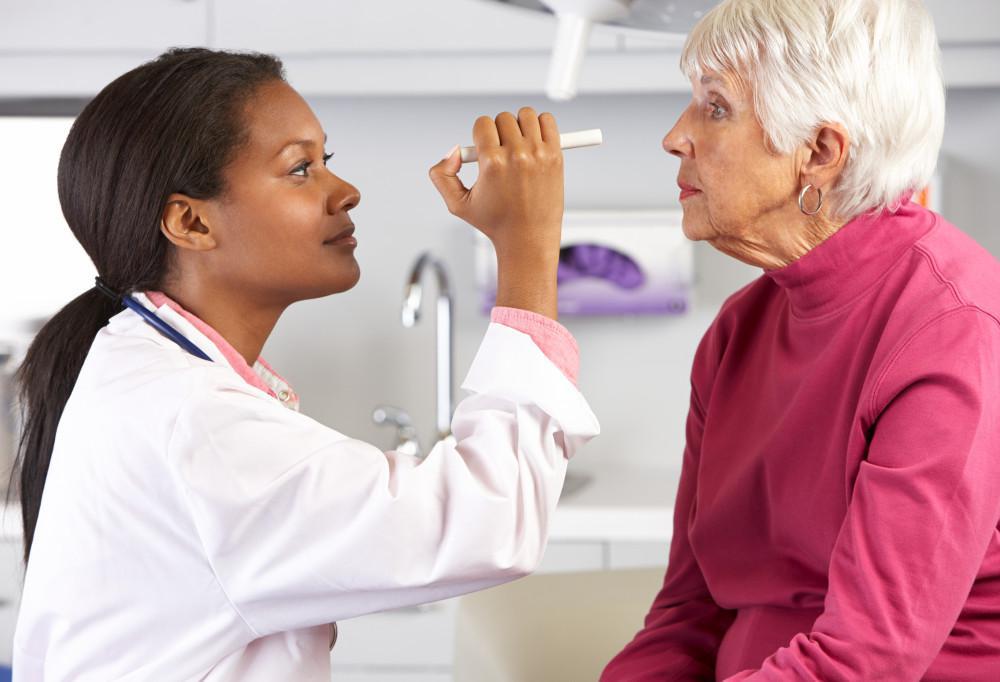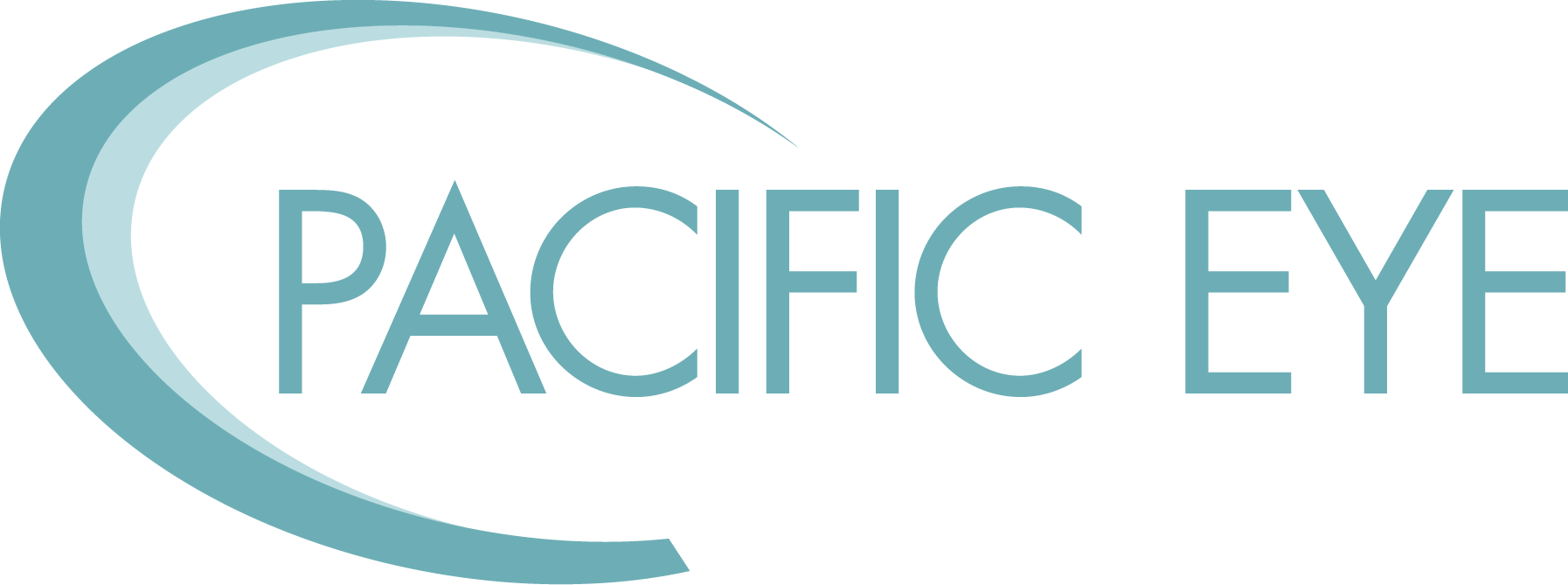
Let’s start with the scary stuff: Glaucoma is the leading cause of blindness in the United States, and around the world. More than 3 million Americans are afflicted by glaucoma, and this number is expected to rise 58% by 2030, thanks to an aging population. But there’s good news in all of this: Early detection and intervention can go a long way toward preserving your sight.
At Pacific Eye, we offer comprehensive glaucoma services, allowing you to stay one step ahead of the disease. To get you started, we’ve pulled together a few things you should know about glaucoma.
A wolf in sheep’s clothing
Most of the people affected by glaucoma have open-angle glaucoma. The problem with this form of the disease is that there are usually very few symptoms, unlike its cousin, angle-closure glaucoma. With acute angle-closure glaucoma, the hard-to-ignore symptoms include pain, headache, vomiting, and blurry vision, and it requires immediate attention.
The lack of warning with open-angle glaucoma is one of the reasons the medical community got together to increase awareness, including naming January Glaucoma Awareness Month.
The fact is that glaucoma routinely sneaks up on people, and it can cause a 40% loss in vision before you’re even aware of what’s happening. Sadly, once you lose your vision due to damage to your optic nerve, the loss is permanent.
But there is a way to thwart this silent attack if you seek professional help.
Testing for glaucoma
When you come in for your regular eye exams, we do far more than just check your vision. Our comprehensive eye exams include testing for conditions like glaucoma and cataracts, and the tests are extremely simple.
Glaucoma causes pressure inside your eye that builds up to the point where it begins to destroy your optic nerve. During your exam, we measure your intraocular pressure through a tonometry test. We also look for any vision loss through field tests, and we ensure that your drainage angles appear to be sufficient.
All of these diagnostic tools are painless and easy, and they deliver valuable information about the health of your eyes. If we find signs of developing glaucoma, we take the necessary steps to prevent the disease from progressing.
Know your risks
When it comes to glaucoma, your risk for developing the disease may be higher if you fall under any of the following categories:
- A family history of glaucoma
- You’re 60 years or older
- You’re black, Asian, or Hispanic
- You have a pre-existing medical condition, such as diabetes or high blood pressure
- You have severe nearsightedness or farsightedness
If you can check off one or more of these, you’d do well to come in for a comprehensive eye exam, even if it’s just for peace of mind. When it comes to how often you should be checked for glaucoma, we’re happy to sit down with you to come up with an appropriate timeline for your unique circumstances.
To learn more about early detection of glaucoma, please don’t hesitate to call the Pacific Eye office nearest you. You also can use the online scheduling tool to request an appointment.







